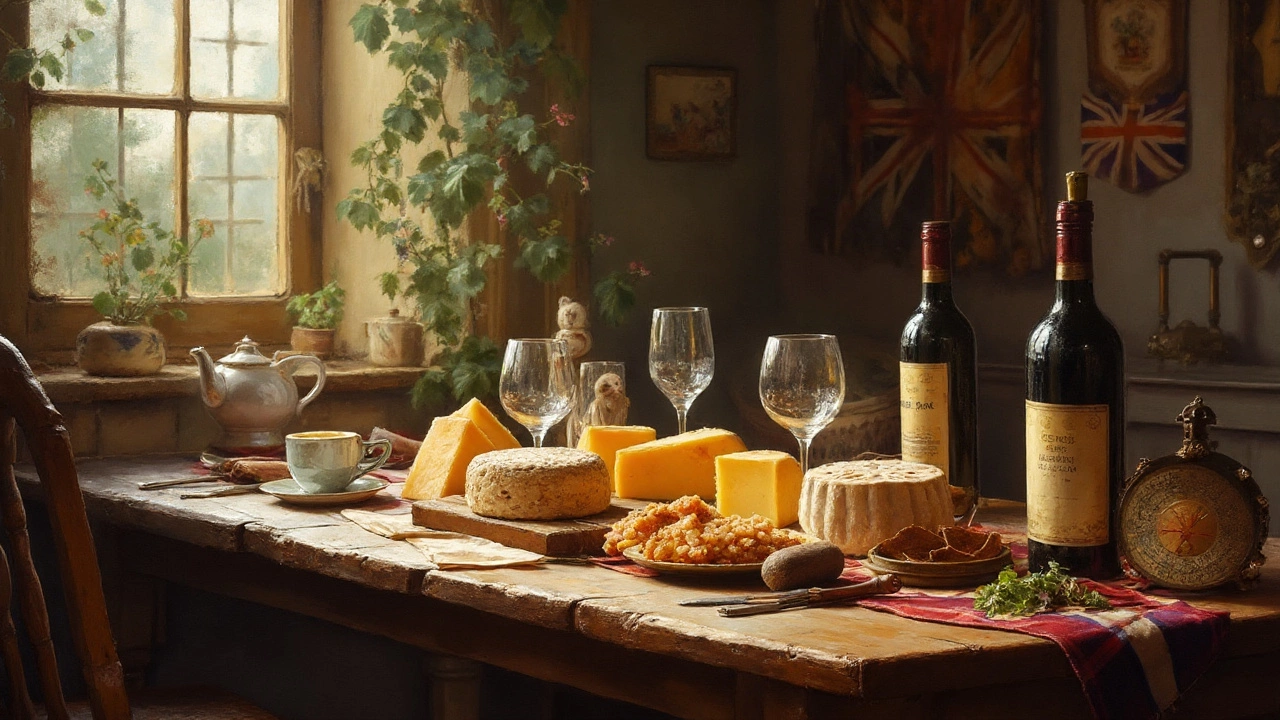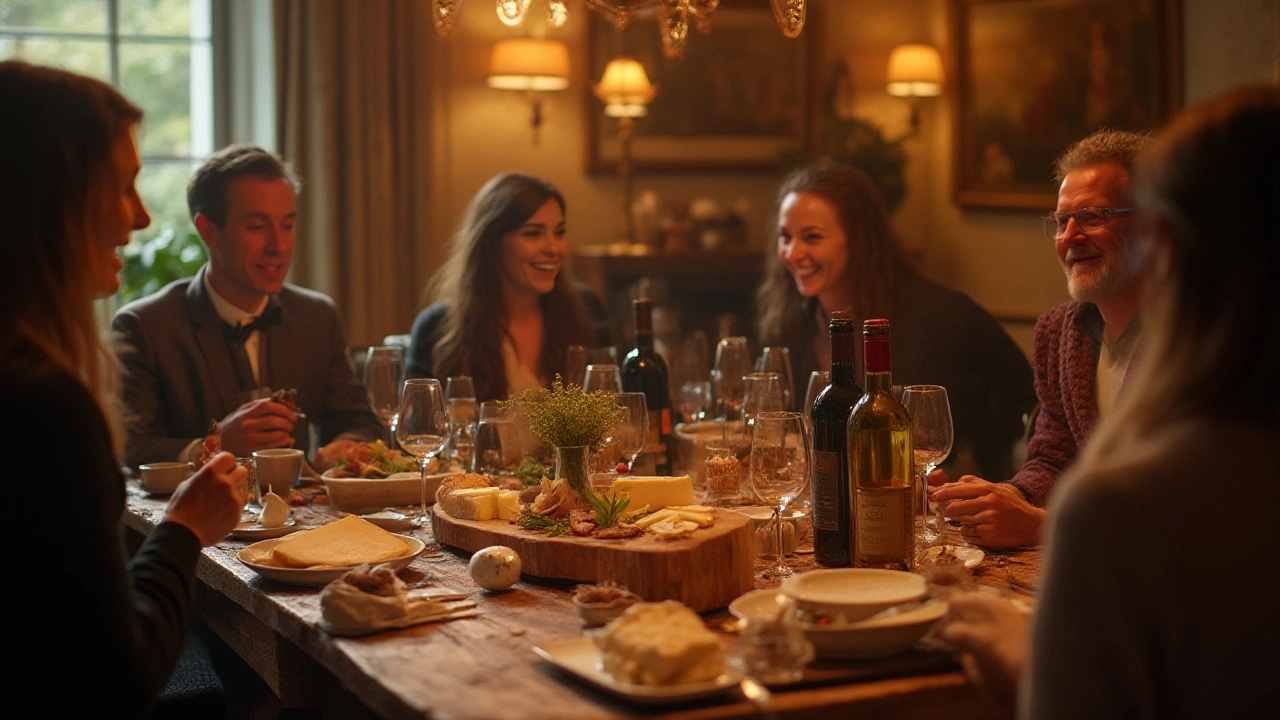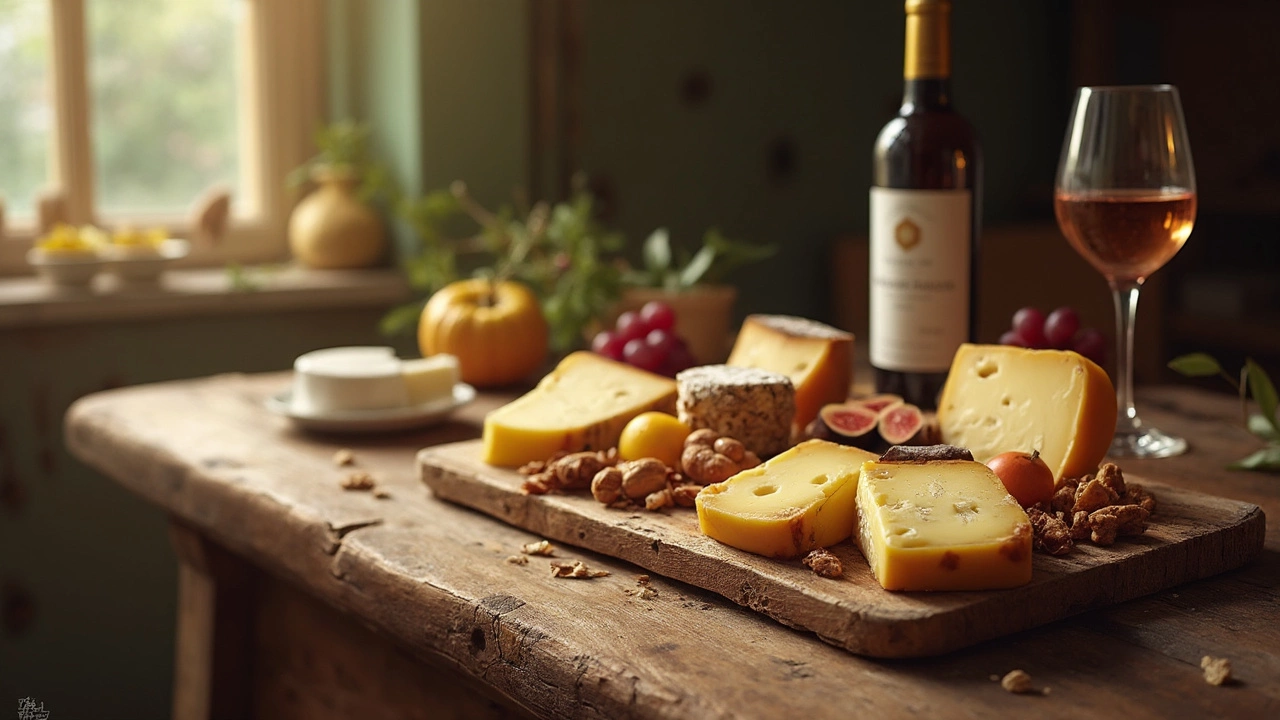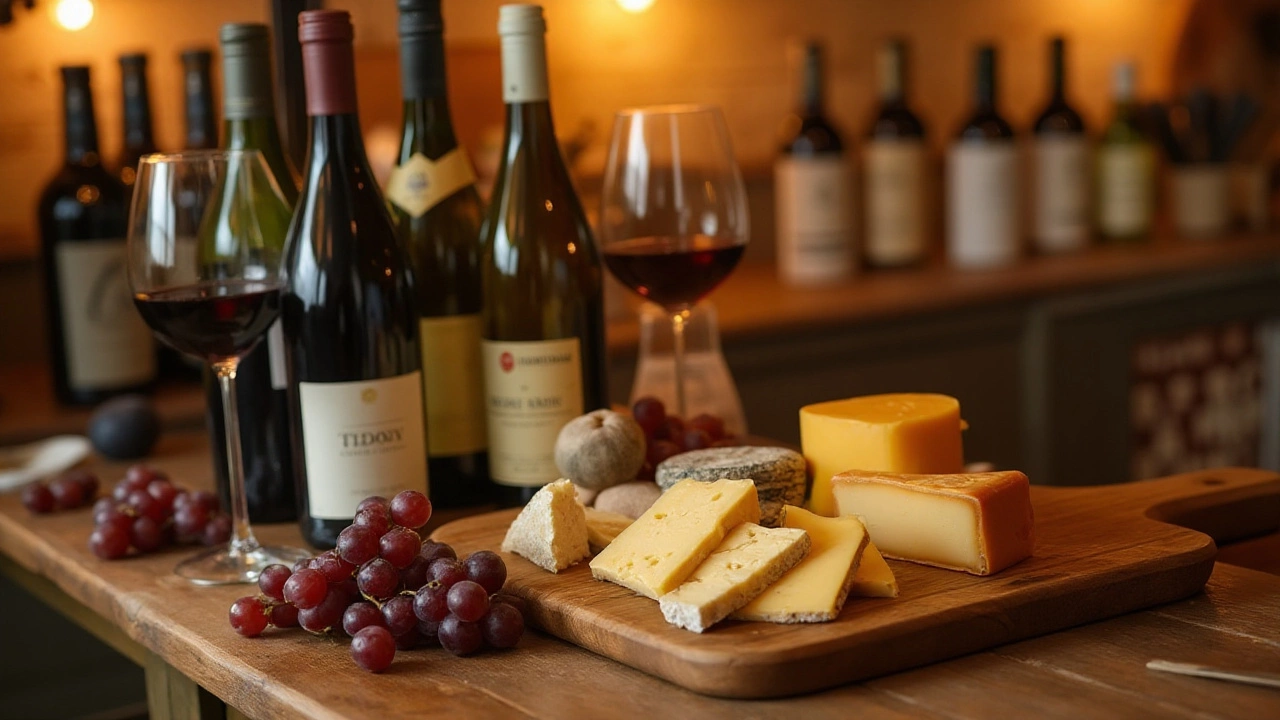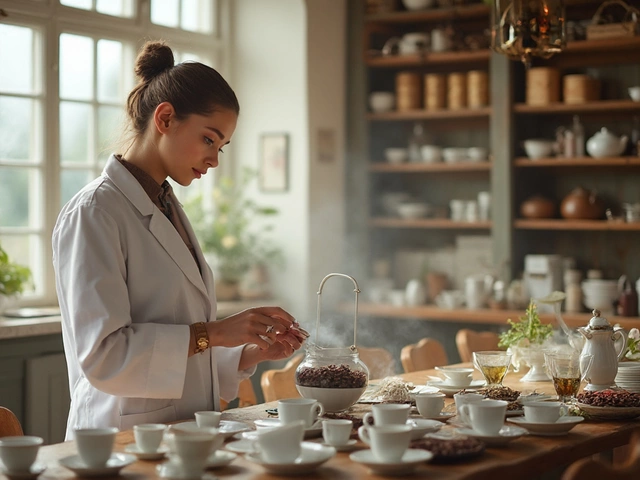Cheese Platter Essentials: Build the Perfect Board
If you’re looking to wow friends with a simple yet impressive spread, a cheese platter is the answer. It doesn’t have to be fancy or cost a fortune – just a few good choices and a bit of thought can turn a boring table into a conversation starter.
Choosing the Right Cheeses
Start with three basic types: a soft cheese, a semi‑hard cheese, and a hard cheese. Soft options like Brie or Camembert are creamy and easy to spread. For the semi‑hard slot, think Gouda, Havarti or a mild cheddar – they give a bit of bite without being too sharp. Finish with a hard cheese such as Parmesan, Manchego or aged cheddar for texture and flavor depth.
Don’t stop at the basics. Add one unique cheese to give the platter personality. A blue cheese like Gorgonzola can add a punch, while a smoked cheese brings a subtle earthiness. If you’re unsure, grab a cheese you’ve tried and liked – familiarity beats novelty when you’re serving guests.
Pairing Cheese with Wine & Other Drinks
Wine is the classic companion, but you don’t need to be a sommelier to make good matches. A buttery Chardonnay works well with soft cheeses like Brie, while a crisp Sauvignon Blanc cuts through the richness of goat cheese. Red wines such as Pinot Noir pair nicely with semi‑hard cheeses, and a full‑bodied Cabernet can stand up to hard, aged cheeses.
If you have guests who prefer non‑alcoholic drinks, try a sparkling water with a splash of fruit juice or a light herbal tea. The key is to keep the palate refreshed so the cheese flavors stay bright.
Beyond wine, consider adding crackers, sliced baguette, fresh fruit, nuts, and a drizzle of honey. Apples, grapes, figs, and dried apricets bring sweetness that balances salty cheese. Almonds or walnuts add crunch, and a small bowl of olives or pickles can give a tangy edge.
Arrange everything on a wooden board or a large plate. Place the cheeses spaced out, then fill the gaps with the accompaniments. This creates an easy flow for guests to grab a bite without bumping into each other.
Don’t forget a cheese knife for each variety – it prevents mixing flavors. If you have limited tools, a simple cheese slicer and a small spoon work fine.
One quick tip from our own tasting nights: let the cheese sit at room temperature for 30‑45 minutes before serving. This softens the texture and releases the aromas, making each bite more enjoyable.
Now you have a ready‑to‑go cheese platter plan. Pick three to five cheeses, add a few crackers, some fruit, nuts, and a drink pairing, and you’re set for any gathering. No fuss, no fancy prep – just good food and good company.
Discover the fascinating reasons behind the classic cheese and wine pairing, with historical secrets, modern science, expert tips, and surprising flavor hacks.
View DetailsWondering if wine and cheese is best before or after dinner? Unpack the traditions, expert tips, and smart serving hacks to make the ideal choice every time.
View DetailsThe 3-3-3 rule is a lifesaver for anyone building a charcuterie board, especially when you're feeling overwhelmed by endless choices. This article spells out what the rule is, why it works so well, and how you can use it to make a crowd-pleasing spread without second-guessing every item. I'll break down what you need, offer pairing ideas, and even share a few pro tips for the perfect board. Whether you’re hosting your first wine night or looking to up your appetizer game, this guide keeps things simple, tasty, and stress-free.
View DetailsA cheese platter with wine offers a delightful taste experience. Combining different cheese textures with the right wine brings out distinct flavors, enhancing the culinary experience. Learn key tips for perfect pairings, discover interesting cheese and wine combinations, and make your next gathering a memorable one. Exploring the art of matching flavors will help you select the right wines to complement your favorite cheeses.
View DetailsDiscover the art of pairing wine with cheese for a platter that excites the senses. Selecting the right wine to complement your cheese choices can elevate your tasting experience to new heights. This guide offers insight into why pairing matters, how to select wines for various cheeses, and practical tips for creating the perfect combination. Let's explore how to enhance your culinary journey with unforgettable flavors and aromas.
View Details